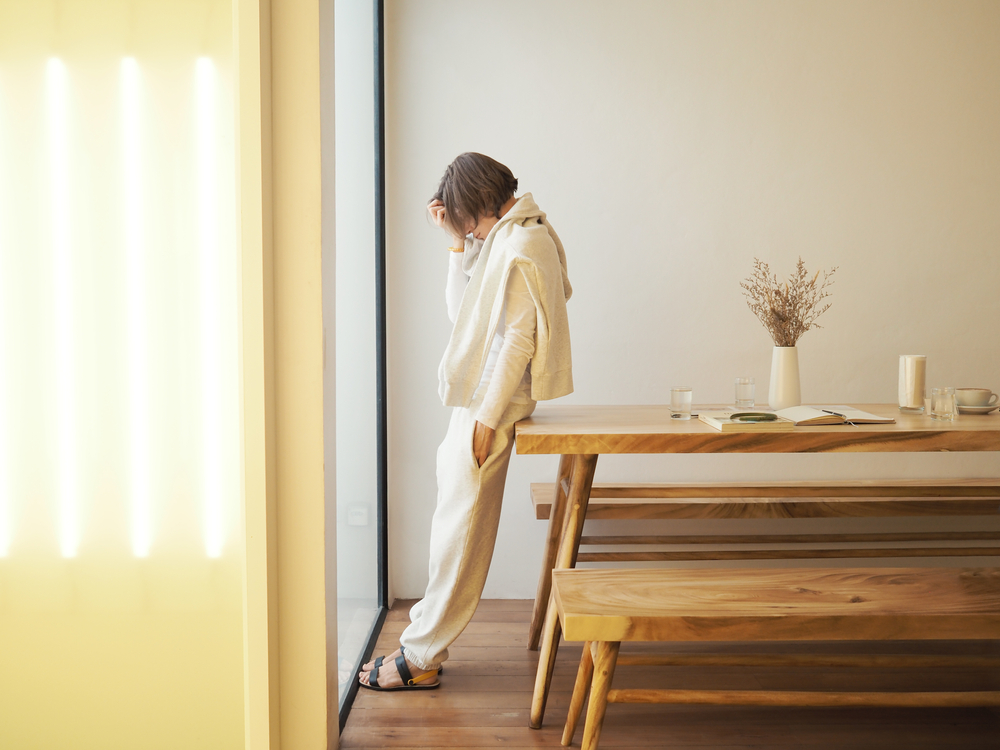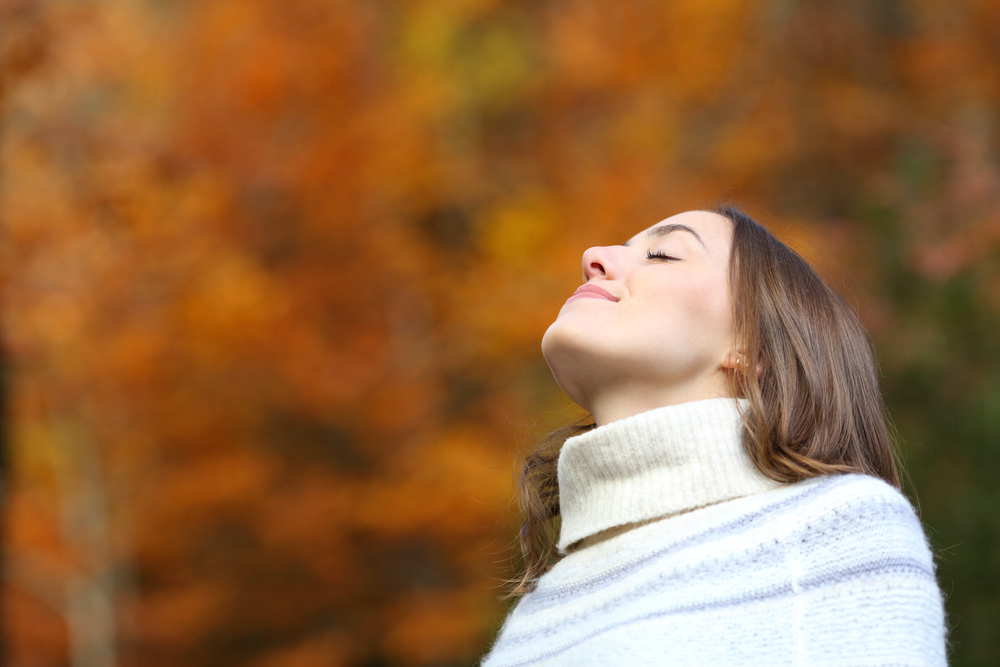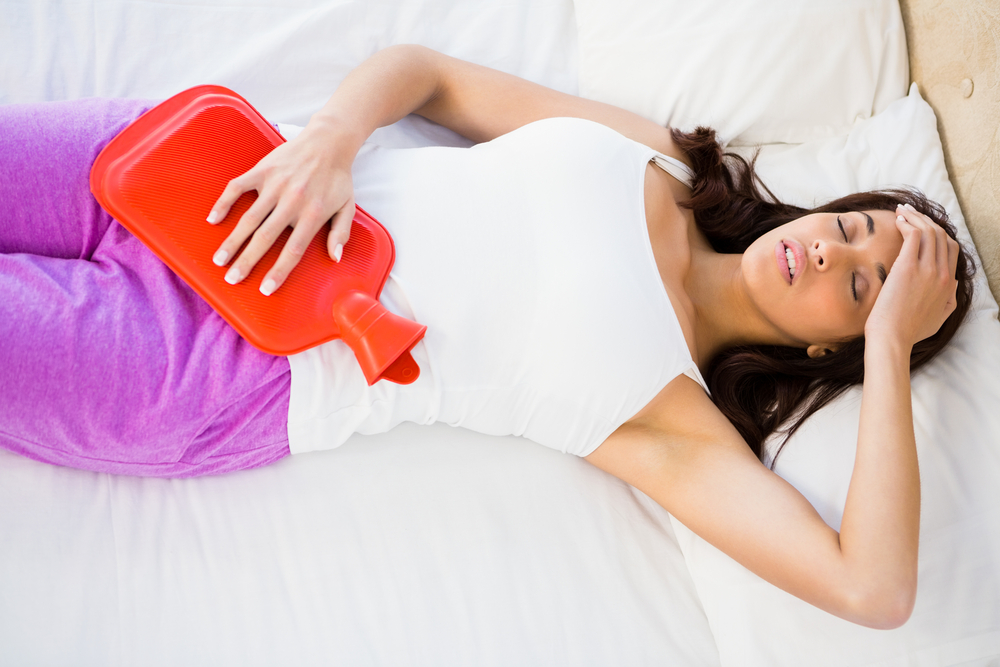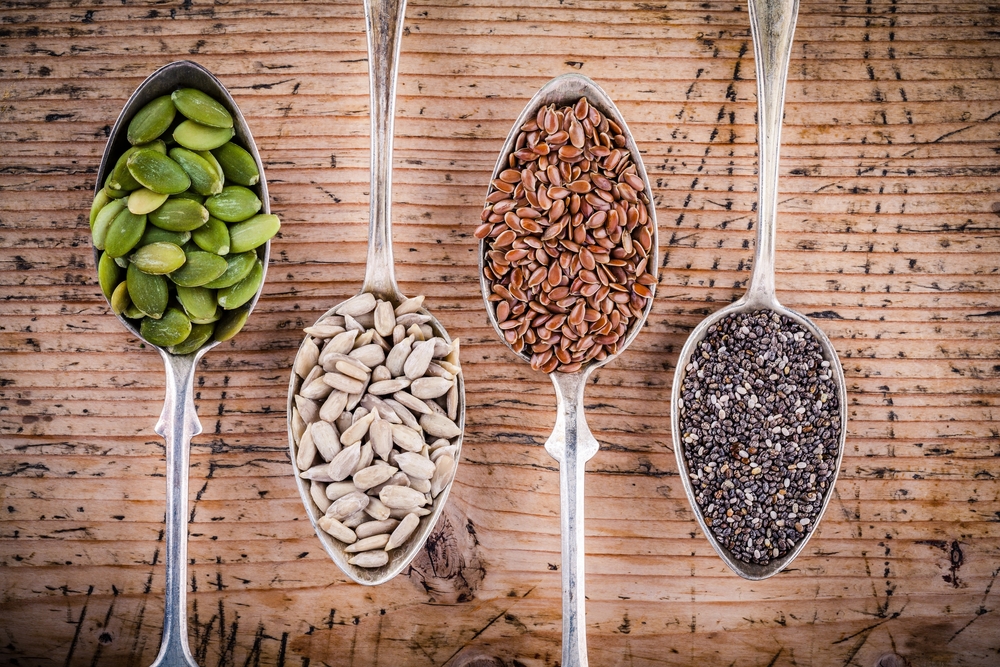Struggling to build a family can be one of the most stressful life experiences that a person encounters. One historic study found that the mental health burden of women experiencing infertility was on par with that of cancer or HIV. Research has also shown that stress associated with infertility is one of the main reasons that people drop out of fertility treatments- one study found that stress was the primary reason why insured women ended treatment. While both of these studies were conducted only on women, it’s important to recognize that infertility is stressful for all people.
For this article, I interviewed Dr. Shara Brofman, a licensed clinical psychologist in Westchester County, New York, with extensive training and expertise in reproductive mental health. She was kind enough to share some words of wisdom, which I have paraphrased below. I love Dr. Brofman’s advice- it’s different from what you typically hear. It’s real, compassionate, and eye opening. Read more





